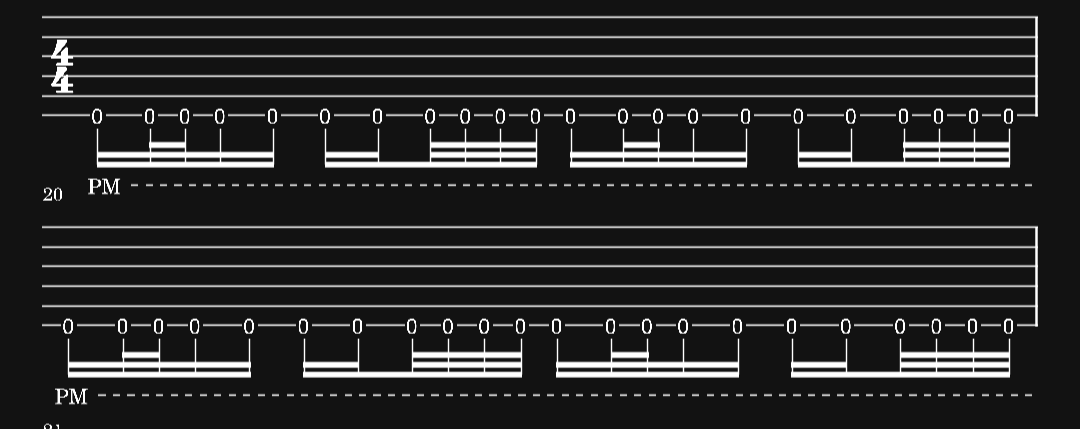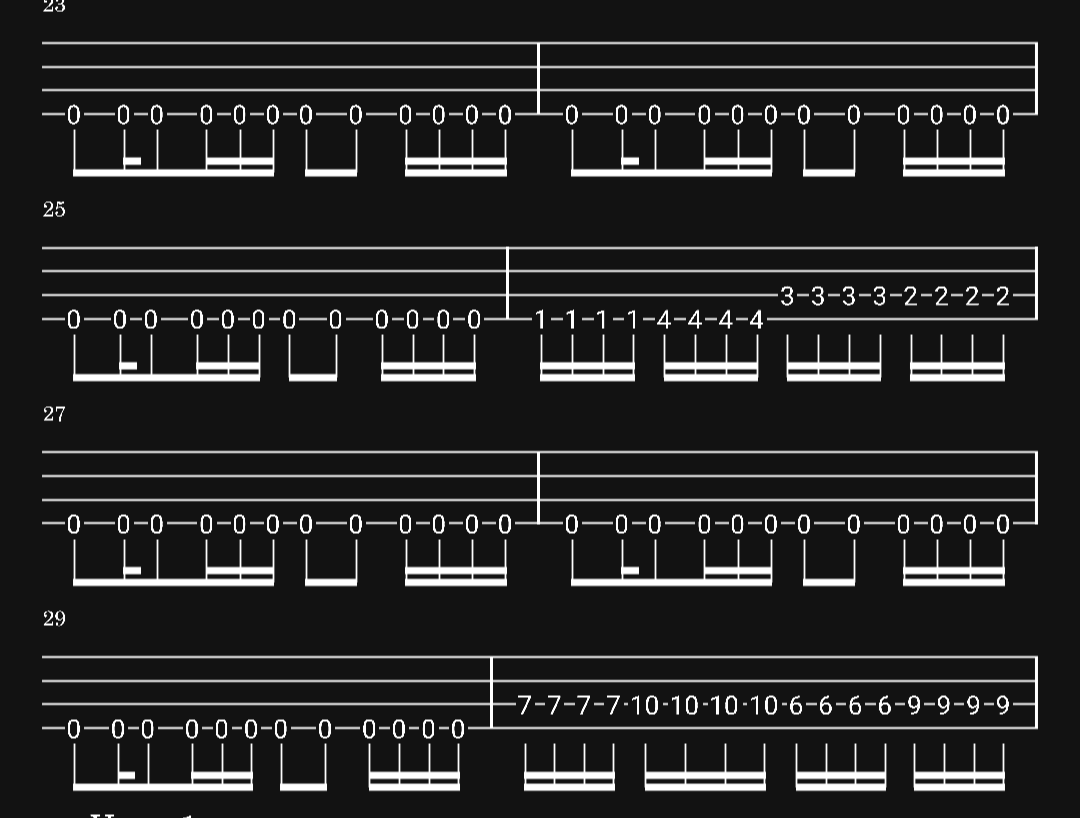I guess before advising anything, it’s helpful to consider what our core components here are:
- Assuming an “on-the-beat” downbeat, the exact placement off the offbeat. This 1 minute video is a good representation of the type of possibilities in this respect:
The MIDI standard is of course ~66%, the “triplet feel,” blues shuffle etc. You could argue that that is “default” swing feel.
-
The placement of notes relative to the pulse regardless of #1 above: that is, overall being “ahead” of the beat or “behind” the beat.
-
Accents, like @Prlgmnr said. I can’t speak for all genres, but in jazz, a lot of the “swing” can come in the accents and placement re #2, and not necessarily from the triplet thing. Lead/melody playing might sound “swung” when it more so has syncopated sequences of accents. This is part of why standard MIDI/sequenced kind of stuff doesn’t necessarily “swing” as well as humans. But when folks get more specific about programming accents and beat placement, it can improve.
In my listening experience, as tempos increase, the swing % thing of melody playing, especially on guitar, tends to straighten out.
It would be useful to do some deep (and maybe even slowed-down) listening to the type of music/lines you’re thinking of and try to do some analysis of what you’re hearing relative to those three components. It’s going to be different depending on the player and context. Sometimes the playing might not even be swung, but the band is swinging, so the music sounds swung.
Example of that here in McCoy Tyner’s solo on “Inner Urge.” We don’t hear “triplet feel” in Tyner’s 8th notes - they practically sound straight. But listen to the ride cymbal, there’s more of that triplet thing present there, though subtle. A little easier to hear all this when you slow the clip down.
(Hard to listen to this track and hear it as “not swing” - it is definitely “swinging”, even though there are straight 8th notes present as well)
In my 3 part list above, I personally think of #2 as the hardest to “practice.” But for #1 and #3, if, through analysis, you have an idea of what is actually going on in the music you’re thinking of, I do think a lot of it comes down to going slow and speeding up. Part of the reason for this is that it’s a hearing and thinking thing before it becomes a physical playing thing. One has to be able to audiate the intended accents and placement before they can just force their hands to do it. it’s helpful to get comfortable with these variables while working on simple riffs or one note grooves rather than longer, complex lines that cross strings in non-patterned sequences.
Personally I find keeping swing going and picking every note to be quite difficult when it gets “fast.” But utilizing a mix of slurs and picked notes is smart if we want to use accents to help us create a feeling of swing.










